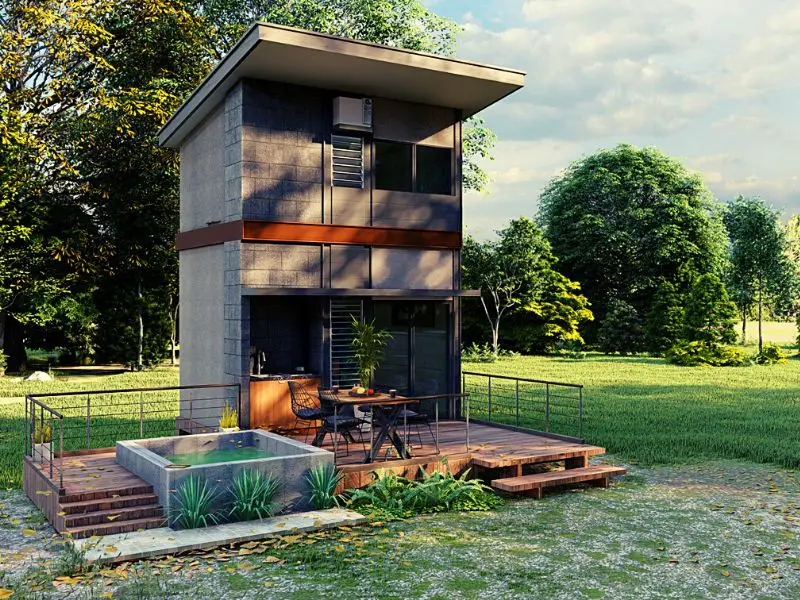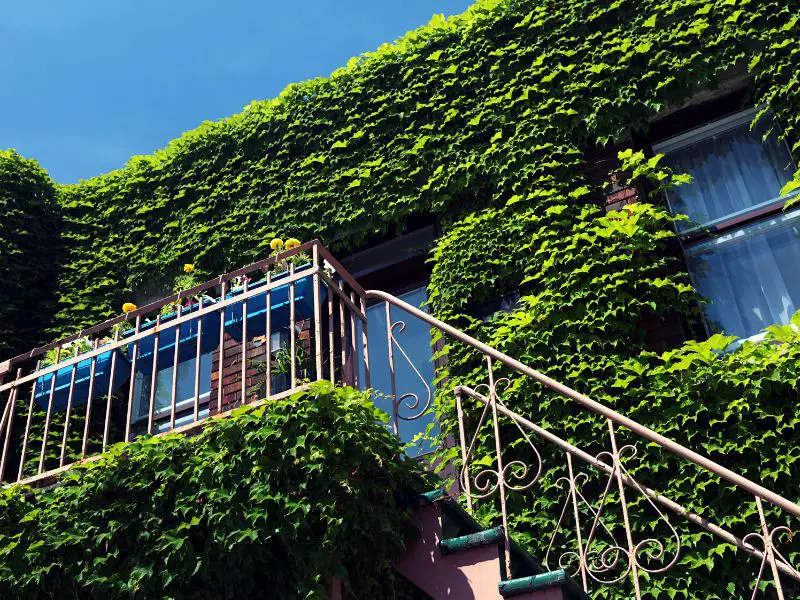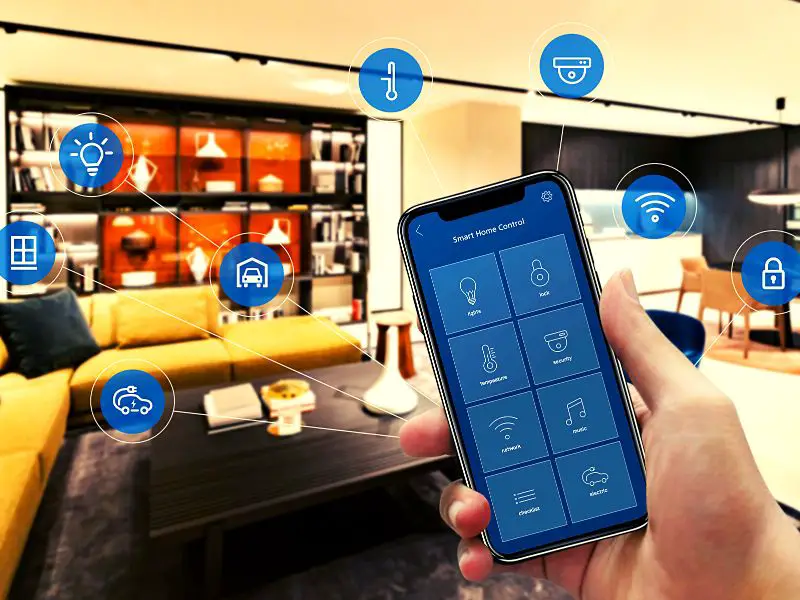One of the most pressing environmental issues of the 21st century is global warming. The 22nd century will see a significant temperature rise and ocean acidification. One possible way to combat this issue is by using eco-friendly home designs that minimize heat loss, energy use, and pollution.
In today’s world, eco-friendly is the new norm, and these top eco-friendly house design trends only serve to prove that point. Several environmentally friendly home designs are available for you to explore, from lighting to interior design. Here, we look at these top five sustainable home design trends.
The Rise of Eco Friendly House Designs
1. Prefabs
A prefab, or prefabricated home, is constructed off-site and then brought in sections to a construction site for assembly. The term “prefab home” is simply a generic term used to describe any home built in a factory. Because prefab homes are economical and offer several benefits, it’s unsurprising that their popularity is increasing.

Advantages of Prehab Homes
- Less Waste – Prebuilt home builders are more efficient in manufacturing and can gauge how much material is needed, resulting in less waste. Because materials are housed in a facility rather than on-site, they are less likely to be stolen, vandalized, or destroyed.
- Durability – Most notably, prefabricated homes are generally much more robust than traditional homes, making them more resistant to natural disasters. Furthermore, prefab homes can be built in less time than a conventional home construction project, opening up the possibility of a quicker return on investment for home buyers. They are also more durable since they are precision-engineered, which is another advantage to their greener durability.
- Speed – Due to the short timeframe for delivery for most prebuilt or modular homes (around 30–60 days), builders can keep up with unprecedented demand from buyers living in places with high housing prices. Traditional build times can sometimes take several years and involve significant financial risk if the home is not completed on time or suffers an unforeseen setback such as an earthquake.
- Best for remote locations – Prefabs are constructed in a central place and then transported, relieving the issue of locating contractors willing to travel a great distance to build a home. A single delivery of the pre-built home results in lower material transportation expenses than a traditional build.
2. Cargotecture
Another growing sustainable design trend is creating houses from recycled shipping containers, often known as “Cargotecture” — a term coined in 2003 to describe a structure made of recycled shipping containers. The containers provide several advantages, including exceptional structural strength and longevity, the use of precious materials that would otherwise be discarded, and saving time and money.

Shipping containers constructed of aluminum or steel are less costly and more durable than standard construction blocks – like giant, super-strong Legos. Containers are ideal for post-disaster housing and community centers due to their endurance and resilience to natural forces. However, the creative diversity and sustainability of containers have caught the imaginations of architects, designers, and homeowners worldwide.
3. Tiny Homes
Tiny houses, or homes with an average of 186 square feet, have several advantages, including being exceptionally environmentally friendly, low-cost, and efficient. The average home, for example, emits nearly 16,000 pounds of CO2 emissions per year, but a tiny house (average size: 186 square feet) emits just 1,114 pounds of CO2.

Advantages of Tiny Houses
- Mobility – One of the most significant advantages of owning a tiny house is that you can hitch it to a truck and transport it to a new area. Whether you’re relocating to a new piece of land or simply taking a vacation, tiny house living allows you to transport your home with you easily.
- Affordability – Building a tiny home costs a tenth of the expense of building a regular home – and everything can be custom-designed for you! Tiny house prices may range from about $19,000 to approximately $50,000, and the choices are limitless.
- Low or no monthly costs – No matter what form of tiny house you choose or how “off-the-grid” your home is set up to be (i.e., solar panels, rainwater collection, etc.), your monthly expenditures will be a fraction of what you’re used to spending in a typical home. Heating, cooling and powering a 200 sq. ft. house needs nearly minimal energy.
- Less time and money on cleaning – It takes practically minimal cleaning or cares to keep such a small space in tip-top form. You could clean your complete tiny house with the time and resources required to clean your kitchen right now!
4. Green Certified Homes
The increased interest in green building has coincided with an interest in green certification. As a result, several organizations have developed highly regarded green building standards and certifications.

The following are some of the most complete and well-known green building certifications:
- Passivhaus
Passivhaus, or ‘Passive House,’ is the world’s fastest-rising energy efficiency benchmark, with over 30,000 structures completed to date – the bulk of which was constructed after the turn of the century. The Passivhaus standard’s strength is its simplicity; it creates a house with high thermal performance, airtightness, and mechanical ventilation.
This robust approach to building design enables the designer to decrease the ‘Heating Demand’ of the structure and, in particular residential buildings, to specify merely a heated towel rail as a conventional heating source in place of other forms of traditional heating.
- LEED
LEED, or Leadership in Energy and Environmental Design, improves how we think about building design, construction, maintenance, and operation. LEED has become the most extensively utilized third-party certification for green buildings, with around 1.85 million square feet certified every day by leaders worldwide.
LEED applies to all structures, from houses to corporate offices, at all stages of development. Projects obtaining LEED certification gain points in various categories that address sustainability concerns. LEED rating levels are based on the number of points earned: Certified, Silver, Gold, or Platinum. LEED-certified buildings use fewer resources.
They consume less water and energy while lowering greenhouse gas emissions. They also save money as an extra benefit. Visit the US Green Building Council to learn why LEED is still the gold standard in green building.
5. Smart Homes
According to the American Institute of Architects, the future of eco-friendly construction will have “specific support for personal devices and automated controls for temperature, security, and lighting.” Indeed, a range of smart home technology devices is already gaining traction.

- More Convenience & Comfort in Your Home
According to the Consumer Electronics Association, the smart home industry has become a huge market. The Internet of Things is poised to make computing increasingly accessible. From universal remote controls to wearable technologies and internet-enabled household gadgets, smart homes are rife with the kinds of new technology that will transform our everyday lives. With these innovations in mind, there’s no better time to look at what smart homes are all about. With smart home technology, you get the instant privilege of these smart home features:
- Built-in security camera and motion detector
- Smart lighting with advanced features
- Wi-Fi Intercom system
- Energy monitoring that does built-in reports
- Weather Alerts & Reports
- Non-toxic Materials
Non-Toxic Materials are very different materials that won’t harm human health or the environment. Not all non-toxic materials are genuinely green. The term “green” usually applies to construction materials, building products, and interior finishes that don’t contain toxic substances, including formaldehyde or volatile organic compounds (VOCs).
Non-toxic building materials are designed to protect indoor air quality and keep occupants safe, and non-toxic construction materials don’t emit harmful chemicals.
- Energy-efficient Products
We’ve witnessed a growth in the usage of energy-efficient and water-efficient design features and products in the sustainable design business, such as solar panels, water reclamation systems, and heat pump water heaters. Not only can energy-efficient products significantly cut monthly expenses, but they also have a lesser negative impact on the environment, allowing homeowners to save money while still feeling good about it. If you’re looking to go green, look for the EPA’s EnergyStar and WaterWise logos.
- Reclaimed & Recycled
The best advantage of employing recycled construction materials is that they provide a second life to things that would otherwise end up in a landfill. Reused product does not always imply that its quality will degrade. Recycled composite decking, for example, uses recycled plastic to produce a beautiful and long-lasting deck that requires no maintenance. Recycled tiling and mosaic, doors, insulation, roof and wall components, and even recycled steel beams demonstrate that almost every conventional building material has a recycled alternative.
- Living Walls and Roofs
Plants have been demonstrated to enhance air quality by filtering pollutants from the air. Indeed, according to the United States National Library of Medicine, fresh plants in the house may filter pollutants and cleanse the air overnight. However, it is no longer limited to gardens and house plants; green walls and roofs are getting popular, appearing in beautiful and surprising ways in sustainable architecture design.
Author’s Note
The beauty of sustainable green design is that paying close attention to specific details of what you value, in this case, your health, can save you money and provide convenience for your life. While many of these products will cost more than similar products made with conventional manufacturing techniques, they also offer benefits that are a fraction of what you would pay for the same type of product made using traditional manufacturing techniques. So, don’t overlook that sustainable green design is a serious investment in your health and well-being. And remember: there are no shortcuts in sustainability!
Discover the best indoor plants and how to grow herbs that are perfect additions to your eco-friendly home.

